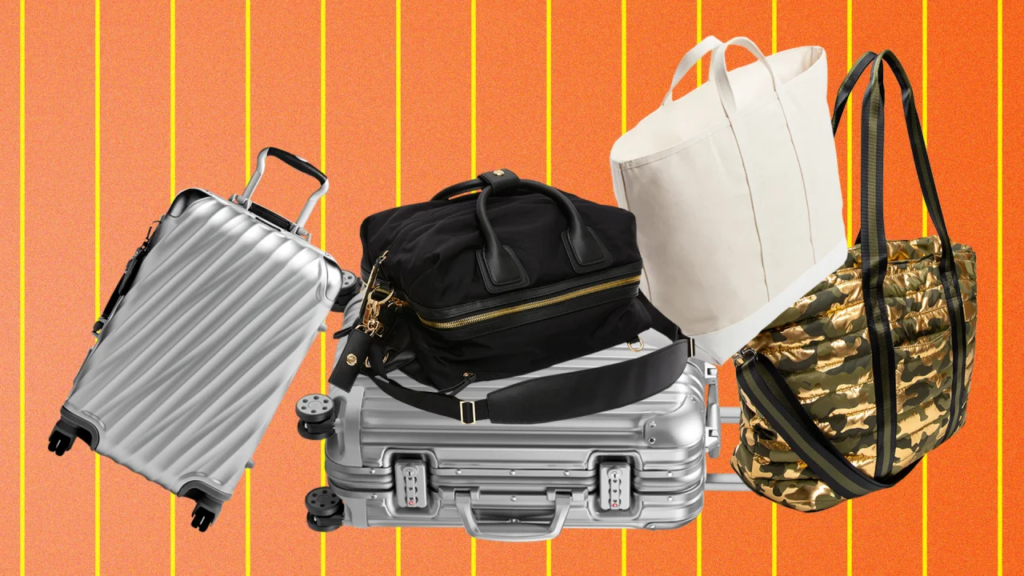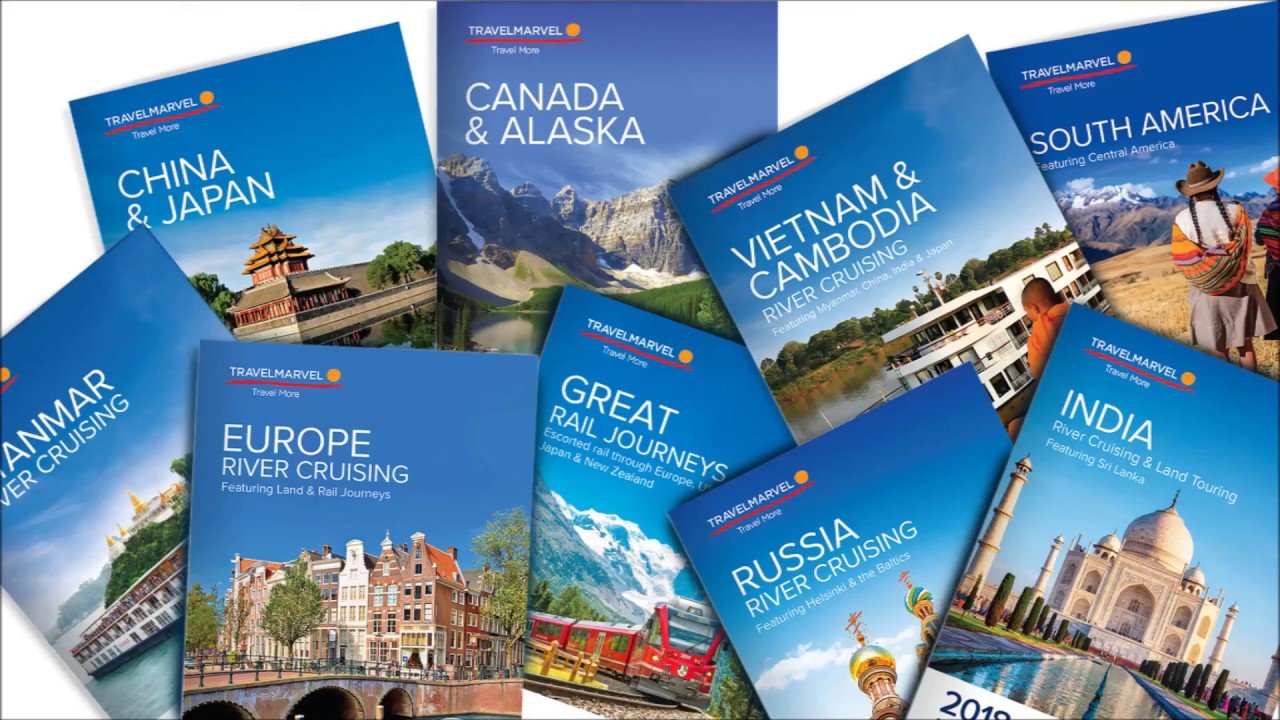The Tech Landscape in 2025
As we progress through 2025, the technological landscape is undergoing rapid transformations. Innovations across various sectors are not only enhancing efficiency but also redefining the way we live, work, and interact with the world. This article delves into the most impactful technological advancements making waves this year.
Generative AI Revolutionizing Creativity
Generative AI has transcended its initial applications, now playing a pivotal role in content creation, design, and problem-solving. By 2025, industries such as healthcare, finance, and education are leveraging AI to automate tasks, personalize experiences, and accelerate innovation. This shift is democratizing access to advanced tools, enabling individuals and businesses to harness AI’s potential for creative and analytical endeavors.
Quantum Computing Unlocking New Frontiers
Quantum computing is poised to revolutionize sectors that rely on complex computations. In 2025, advancements are making quantum systems more accessible and practical for real-world applications. This technology is set to transform industries like healthcare, energy, and finance by solving problems that traditional computers cannot efficiently address.
6G Connectivity The Next Evolution
While 5G continues to expand globally, research into 6G technology is already underway. Expected to be fully realized by the early 2030s, 6G aims to offer ultra-fast speeds, reduced latency, and enhanced connectivity. In 2025, early-stage trials in select regions are showcasing its potential to support applications like holographic communication and immersive virtual experiences.

Edge Computing Enhancing Real-Time Processing
Edge computing brings data processing closer to the source, reducing latency and bandwidth usage. By 2025, more industries are adopting edge computing to enable real-time data analysis for applications such as autonomous vehicles, industrial automation, and IoT devices. This shift is critical for latency-sensitive applications and is transforming sectors like manufacturing and healthcare.
AI-Enhanced Automation Transforming Industries
Artificial Intelligence is revolutionizing automation across various sectors. In manufacturing, intelligent robots are adapting to changing production requirements in real-time, enhancing efficiency and reducing downtime. The global AI market is projected to reach $191 billion in 2025, with significant investments in automation technologies across industries.
Biometric Innovations Redefining Security
Biometric technologies are replacing traditional passwords, offering more secure and convenient authentication methods. In 2025, advancements in facial recognition, voice identification, and fingerprint scanning are being integrated into various devices and services, enhancing security and user experience. These innovations are particularly impactful in sectors like banking and personal devices.
Wearable Health Tech Monitoring Wellness
Wearable health devices are revolutionizing personal healthcare by providing real-time monitoring and predictive insights. By 2025, these devices can detect early signs of health issues such as heart problems or sleep apnea, empowering users with proactive health strategies. This shift is leading to more personalized and preventive healthcare approaches.
Living Intelligence Merging AI and Biology
Living Intelligence represents the convergence of artificial intelligence, biotechnology, and advanced sensors. This emerging field aims to create systems capable of sensing, learning, adapting, and evolving, mimicking biological processes. In 2025, developments in living intelligence are paving the way for innovations in areas like environmental monitoring and bioengineering.
Neuromorphic Computing Mimicking the Human Brain
Neuromorphic computing involves designing circuits that mimic the neural structures of the human brain, enabling more efficient processing for AI applications. Companies like Intel and IBM are at the forefront of this technology, which is expected to grow at a CAGR of 19.9% from 2024 to 2030. Neuromorphic computing is particularly beneficial for applications in robotics and autonomous systems.
Green Tech for Sustainability Embracing Clean Energy
Green technologies are leading the charge toward sustainability by enabling more efficient use of resources and reducing environmental impact. In 2025, advancements in solar, wind, and hydropower are making clean energy more accessible and affordable. This shift is driving the adoption of electric vehicles and sustainable practices across industries
Conclusion
The technological innovations of 2025 are not just enhancing existing systems but are fundamentally transforming industries and societies. From AI-driven automation to sustainable energy solutions, these advancements are shaping a future that is more connected, efficient, and sustainable. As we continue to embrace these technologies, it is crucial to consider their ethical implications and ensure they are leveraged for the collective good.


















